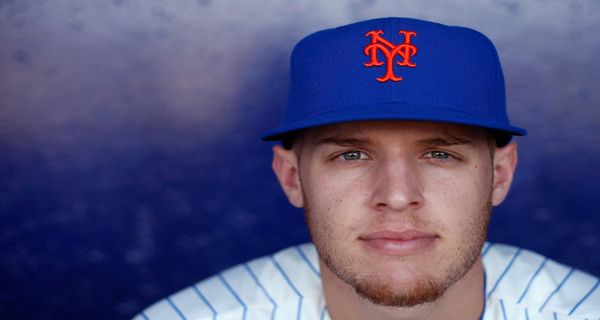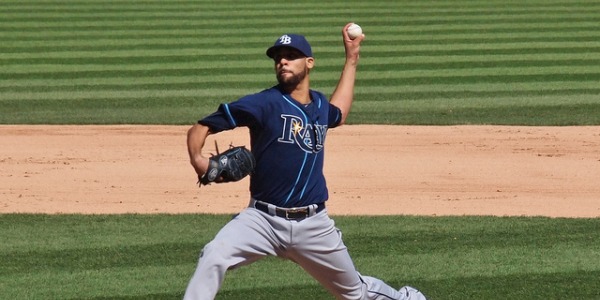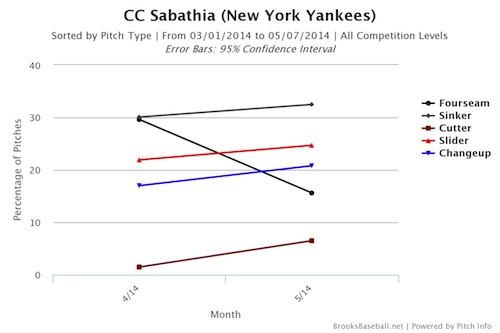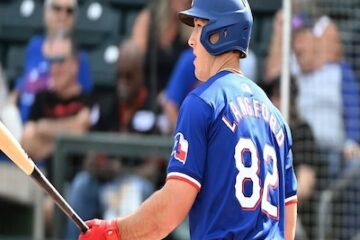Using ERA-FIP to Identify Starting Pitcher Trade Targets


In this piece, I’ll be looking at one of my favorite strategies to identify starting pitchers to target via trade for fantasy baseball players in 2014.
Each and every baseball site you visit can probably provide you with a strategy to identify players to target via trade. One of my favorite statistics to look at for pitchers is ERA-FIP on FanGraphs. ERA-FIP provides users with the difference between a starting pitchers current earned run average and their fielding independent pitching. According to FanGraphs, Fielding Independent Pitching “measures what a player’s ERA should have looked like over a given time period, assuming that performance on balls in play and timing were league average.” Moreover, FanGraphs suggests that “FIP does a better job at predicting the future than measuring the present, as there can be a lot of fluctuation in small samples.”
The idea here is to look for pitchers who appear to be performing better than their ERA leads us to believe. These may be players that haven’t been so “lucky” to start the season, but theoretically should regress to the mean and improve as the season wears on. In addition to looking for players with higher ERA-FIPs, I’ll take a look at the BABIP, K% and BB% to guide my search.
Here are the top 26 pitchers with an ERA-FIP over half-a-run:
(All statistics entering May 7th’s games)
To narrow my search, I looked for players that owned a K% of 20% or more, a BB% of 10% or less and a batting average on balls in play at .360 or higher. That search gave me four names: Zack Wheeler, CC Sabathia, David Price and Stephen Strasburg.
Of the four, Wheeler holds the greatest ERA-FIP (1.98), suggesting his ERA is about 1.98 higher than expected and should settle in the 3.15 range. He’s currently 1-3 in six starts with a 21.8% K%. While his .360 average on balls in plays isn’t stable just yet (Carty on when “Pitcher’s Stats Stabilize”), it seems like all of the contact he surrenders finds a hole. That’s not always going to be the case. Additionally, Wheeler’s strand rate (64.3% LOB%) is a bit unlucky as well. A rebound may not be on the way tomorrow, but he could be a nice long-term target if you’re in the market for an arm.
Lots has been said in the early-goings regarding CC Sabathia’s decline in velocity. Per FanGraphs PITCHf/x velocity readings, each of the southpaw’s offerings seem to be down a few ticks through seven starts — continuing the downward trend since 2009. After reading this article, then speaking with Eno Sarris regarding the potential impact of pitcher adding a cutter to their repertoire, I hypothesized that Sabathia’s decrease in velocity this season alone may be tied to the cutter. But according to Brooks Baseball, Sabathia has only tossed the cutter 14 times this season (~2%), and based on Rick Peterson’s comments to Sarris, a “cutter thrown 40% of the time by a young power pitcher can become a crutch, then the velocity drops.” Seems as if I’m wrong for the time being, but despite the small sample, Sabathia has increased his usage of the cutter so we’ll see how this could impact the lefty’s velocity later in the season.

Ryan Noonan recently discussed David Price in depth here. And I can share a lot of the same thoughts, but I’d prefer that you read his piece. It’s unlikely that Price will continue to give up the long ball at the current pace, parlayed with the spike in strikeouts and not allowing the free pass all that much, Price is a fantastic arm to make a deal for.
Finally, Stephen Strasburg has been unlucky in many of the same departments to start the season. Entering Wednesday he was 3-2 with a 3.60 ERA (2.56 FIP) and a 33.3% K% (7.5% BB%). His fastball is down a tick from last year, but he’s missing more bats (14.0% SwStr%) versus his career rates (11.4% SwStr%) — suggesting the strikeouts could be here to stay. Opponents are chasing more (34.7% O-Swing%) and making less contact (70.8% Contact%), but the contact batters are making are more of the line drive type. He’s surrendering 27% line drives, up from 17.5% last year and 20.8% over his career, which seems to be his downfall. But the .388 batting average on balls in play should regress,resulting in an improved ERA going fantasy production going forward.
On the other hand, you could use this same strategy to determine players that are currently outproducing their FIP by doing a simple sort of the E-F column by “ascending.” With these players, you’ll see a high strand rate (LOB%) and an extremely low batting average on balls in play (BABIP) which are just two contributing factors to the negative E-F. I’m going to do a separate article on this so I won’t go indepth here, but it looks like Shelby Miller, Johnny Cueto, Julio Teheran and Jake Peavy could be decent sell targets if you believe in this strategy.





